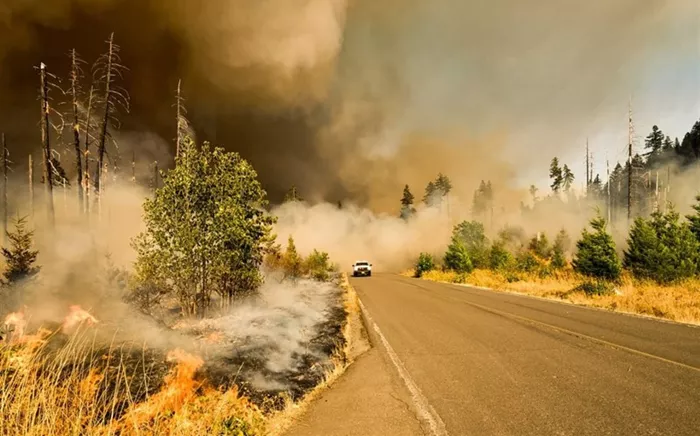A new study published in the journal Nature warns that children born today are likely to face far more extreme weather events than past generations. The research shows that rising global temperatures could expose young people to an alarming number of heatwaves, floods, and crop failures in their lifetimes — especially if climate change continues at its current pace.
Heatwaves Could Become the New Normal
Using advanced climate models and population data, researchers found that if the Earth warms by 3.5°C by 2100 — a worst-case scenario — 92% of children born in 2020 will experience heatwaves at levels considered almost impossible before industrial times.
To show the impact, the team used Brussels as a case study. A child born in 2020 could experience 26 major heatwaves in their life — four times more than the already intense six heatwaves expected for those born in 1960.
Other Dangers: Floods, Crop Failures, and More
Besides heatwaves, the study also looked at:
River Floods: 14% of kids born in 2020 could face extreme river flooding.
Crop Failures: 29% could experience crop failures, which may lead to food shortages.
Tropical Cyclones: In hurricane-prone areas, up to 19% could face powerful storms, nearly double today’s rate.
These findings show how climate change increases the chances of multiple extreme events across a person’s lifetime — not just one.
Poorer Populations Will Suffer Most
The research also highlights how low-income and vulnerable communities will suffer the most. These groups often live in areas more exposed to natural disasters and have fewer resources to recover afterward. In fact, the most deprived 20% of the global population is far more likely to experience dangerous heat, storms, and food shortages.
The study used tools like the Global Gridded Relative Deprivation Index (GRDI) to show how wealth and vulnerability affect a person’s risk level. The message is clear: while climate change affects everyone, it hurts the poor the hardest.
A Global Crisis With Global Effects
The researchers stressed that even regions not typically known for wildfires or hurricanes could see growing impacts. For example, smoke from Canada’s 2023 wildfires seriously affected air quality in the U.S., showing how climate disasters in one place can have wide-reaching effects.
The models show that under current climate policies, global warming could reach 2.7°C by the end of the century — a level that would greatly increase risk for most of today’s children.
Why This Matters
This study is one of the first to measure how often people might face extreme climate events over their whole lives. By comparing future projections to conditions before industrialization, scientists offer a clearer picture of just how different life could be for younger generations.
A Call to Action
The findings send a clear message: without stronger climate action, the future will be much harder for today’s children — especially those in vulnerable communities. Cutting carbon emissions and investing in ways to adapt to climate change are both necessary steps to protect people now and in the future.


